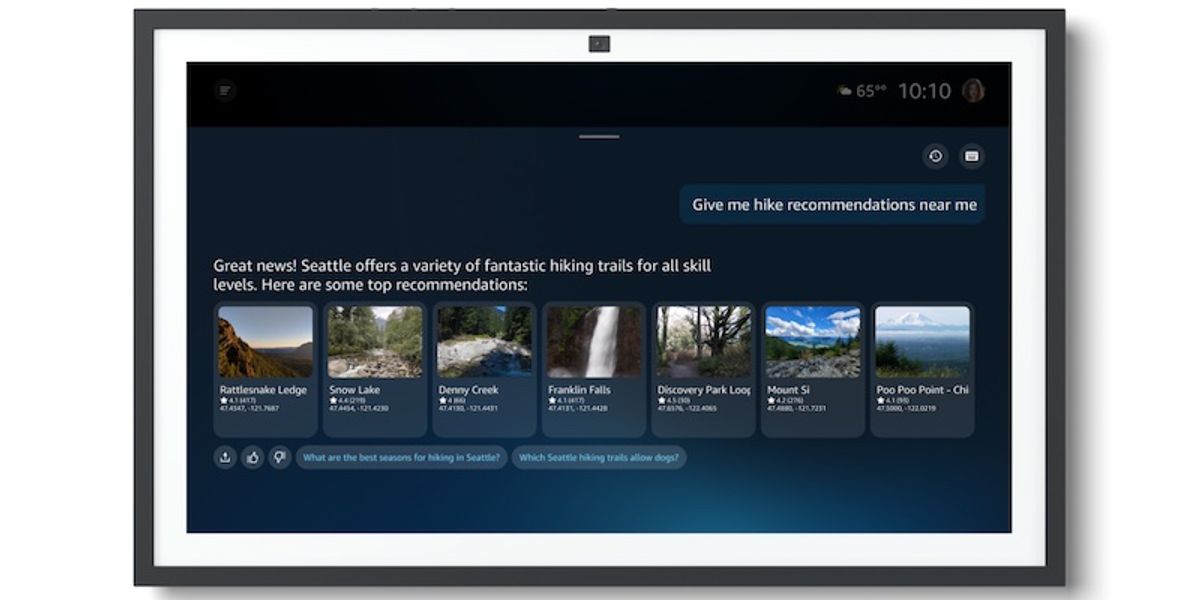Harvard buys Green Book, historic Black travel guide from Jim Crow Era

In March, for the first time in its history, Harvard University’s Houghton Library acquired a rare 1949 Green Book for $50,000, providing researchers, students, and visitors alike with a lens into how Black American travelers navigated a segregated landscape under Jim Crow. The travel guide, which was Green’s first international edition, suggests a wide range of hair salons, pharmacies, restaurants, and other businesses across the United States, Bermuda, Mexico, and Canada. About 100 businesses were in Massachusetts, with three still open in Boston.
In 1936, Green, a postal worker, published his first version of the Green Book, somewhat solving his own struggles to find places to stay as a Black man who often traveled, said Candacy Taylor, cultural documentarian and author of “Overground Railroad: The Green Book and the Roots of Black Travel in America.”
While his first version was largely focused on Harlem, where he lived, “it became really popular so quickly [that] by 1940, it was in every state east of the Mississippi River,” Taylor said.

By 1962, an estimated 2 million copies had been sold, she said. Decades later, in 2018, a movie called “Green Book” starring Mahershala Ali and Viggo Mortensen, was loosely based on the motorist guide with famed pianist Don Shirley using it during his concert tour.
Black entrepreneurs saw the book, which acted as a sort of Black Yellow Pages, as an opportunity to advertise their businesses, largely for free, Taylor said. Traveling salesmen and road trippers were sure to pick up their copies at Standard Oil gas stations, which were major distributors of the guide, she added.
The Green Book, which was published over a 30-year period, also arrived at an important time for Black Americans fleeing racial terror in the South during the Second Great Migration.
While the South wore its racism on its sleeve with Jim Crow laws and “colored” signs, Black people fleeing to the North, Midwest, and West went to cities with more covert racism worked into infrastructure and policies.
“In the North, it was very confusing, which is why the Green Book was so important,” Taylor said.
In Boston, for example, Taylor explained, Black musicians were barred from staying in the areas where they played, but they knew that white-owned Charlie’s Sandwich Shoppe in the South End, which was listed in the Green Book and is still open today, would open their doors to them.
Black women new to Boston would turn to the Harriet Tubman House, then on 25 Holyoke St., to receive support, from friendship to shelter, according to the West End Museum.
Travelers also learned to frequent the surviving Kornfield Pharmacy in Roxbury, and Slade’s Bar and Grill to grab a bite on Tremont Street.
“It was really a life saver,” Taylor said. “It was a critical resource that Black people needed at a time when most white businesses didn’t open their doors to them.”
Taylor was instrumental in bringing the Green Book to Harvard. A former fellow at the Hutchins Center for African and African American Research at Harvard, Taylor saw that the 1949 edition was up for auction, and contacted the center’s director, Henry Louis Gates Jr. He then notified Leslie Morris, a curator of modern books and manuscripts at the Houghton Library at Harvard.
Green Books had been on the library’s radar for a couple of years, Morris said.
“We’re always looking for things that help deepen people’s sense of history and particularly for teaching purposes, to kind of bring history to life,” Morris said.
Not only was the copy in mint condition and featuring an iconic cover with lines of cars stuck in traffic, but it also had not come up for auction in a number of years, she said.
For Byron Rushing, a local historian and former state representative, Harvard’s acquisition of the book feels problematic.
“They [Harvard] didn’t think Negroes were important in the 1930s and ‘40s,” Rushing said. “It never dawned on them that they should collect anything that was being published by Negroes right then.”

For much less than $50,000, Rushing noted, the library could have purchased an entire collection of Green Books.
The original price of a 1949 Green Book was $0.75, according to the cover of an edition digitized by the Schomburg Center for Research in Black Culture at the New York Public Library.
He believes the book would be better suited for an institution more accessible to Black people than Houghton Library, like the Museum of African American History in Boston.
Other institutions with Green Books include the Los Angeles Public Library and the Library of Congress. The New York Public Library has digital scans of many versions of the book as well, including the 1949 edition.
While Taylor understands concerns like Rushing’s, she believes that the Hutchins Center, which has been “game changing” in the studies of Black and African history, should have access to the Green Book. The upkeep of the book, which is difficult given that paper easily disintegrates, she said, is a serious and expensive endeavor, one that Harvard has the resources to take on.
“I’m thankful that an institution as significant as Harvard has it to elevate its purpose and its meaning in the cultural zeitgeist,” Taylor said.
Visitors to the library, which is open to the public, can register and place a request ahead of time to read it in Houghton’s reading room.
The book, enveloped in a protective case and sitting among cold and humidity-controlled stacks, awaits a new generation of readers.
Helena Getahun-Hawkins can be reached at [email protected].
link






